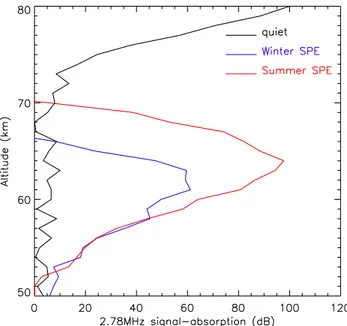Isolated lower mesospheric echoes seen by medium frequency radar at 70° N, 19° E
Texto
Imagem
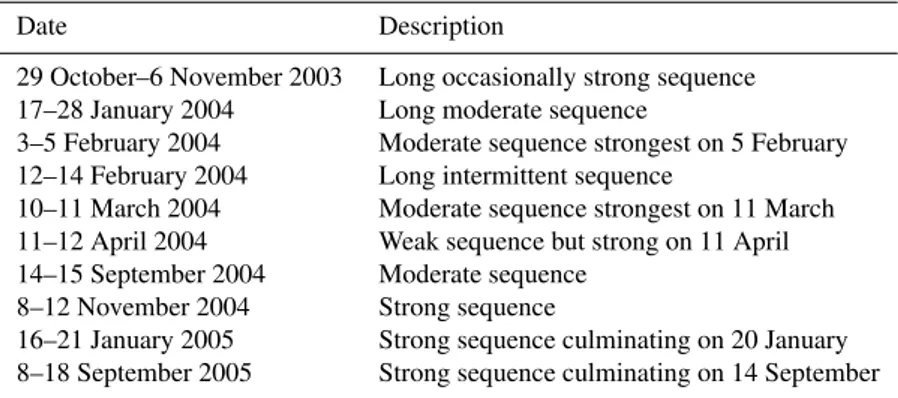
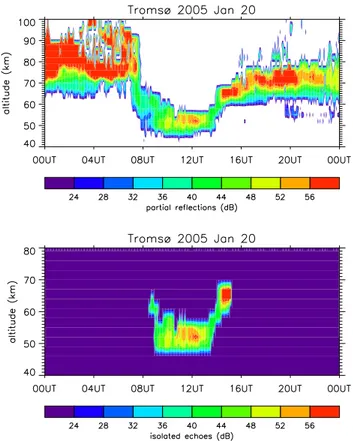
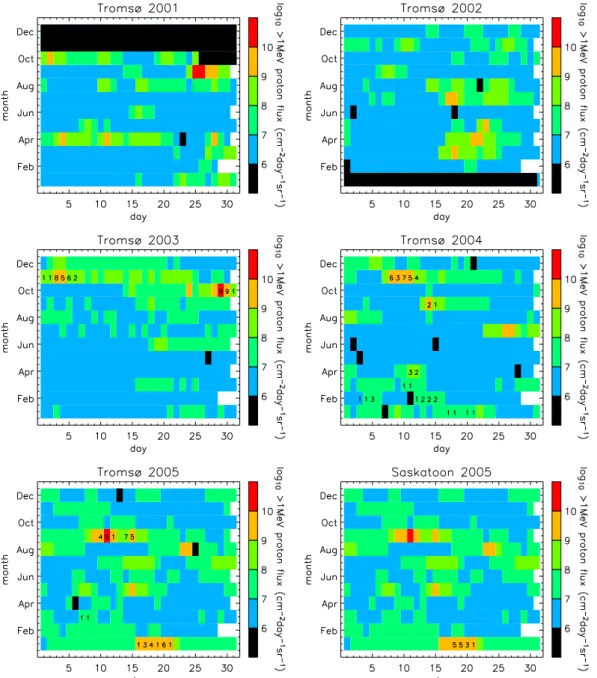
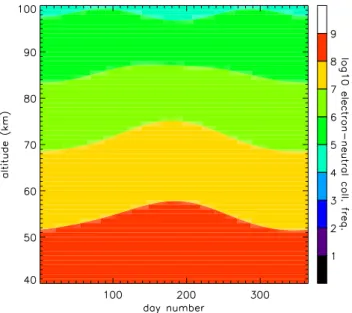
Documentos relacionados
The L ower Tagll s Basin (LTB ) occupies a large area in Portugal, from the lilloral region of Lisbon-Seulbal Penin - sula , to beyond spa nish border near Castelo Branco (Beira
The higher nodulation at R5 in the treatments with lower numbers of plants per linear meter, with no effect of the distance between planting rows could be explained by the
Previous studies of the vertical motions associated with gravity waves made using this instrument have employed measurements of very high time resolution, but of durations limited to
How does a human rights-based approach to development translate into practice in the case of the role of forest and non-productive land use in the well-being of rural
With respect to independent data, the water vapour biases in the southern hemisphere high latitudes depend on the in- strument considered. Compared to POAM III data, the bi- ases
A higher scanning speed provides a lower laser interaction time with the surface of the samples, and thus, a lower fraction of material is remelted culminating with lower
Pedro II à cidade de Desterro, capital da província de Santa Catarina, em 1845, segundo Oswaldo Rodrigo Cabral (1979), configura-se como o acontecimento
Therefore, the expected better outcome in the group with a slower frequency of shock wave (60 impulses/min) was negated by the lower number of shock waves delivered (3000 impulses
